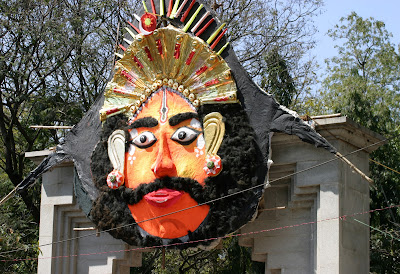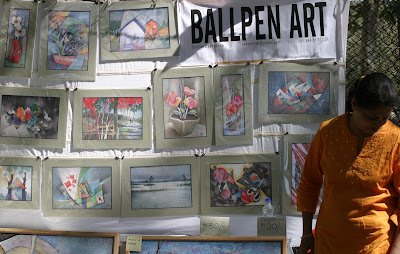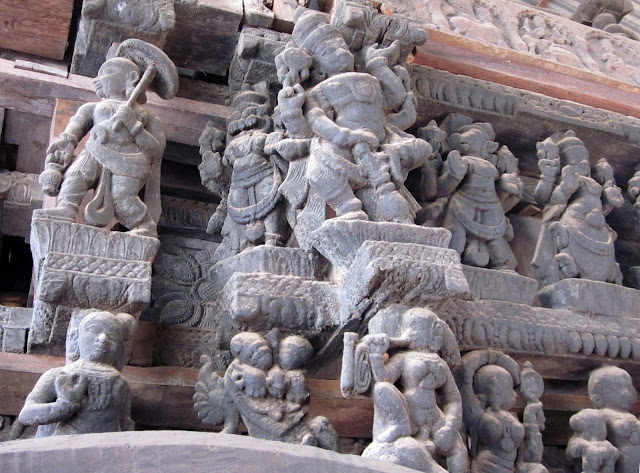What is Oleograph?
 |
| Original Litho surface |
Why were they called as German Prints?
The technique of lithographic printing was one of the greatest German inventions. This revolutionized mass production in Germany, Europe and had a major impact to the movement of Independence in India during 19th until the beginning of 20th century.
Before the entry of this, it was cumbersome and tedious process of hand copying or on woodcuts.
The lure of German lithographs/oleographs depicting Indian subjects was so great that some entrepreneurs imported machinery and also technicians to produce on a mass scale, labelling it as 'Printed in Germany'.
 |
| Printing Press imported from Germany |
 |
| Litho slab |
 |
| Final Print |
The irony of - "it can happen only in India" is explained by an experts
"I know there are trusts in both Germany and Italy that have been working towards the creation of a Ravi Varma Museum. I cannot, however, believe that the Government of India or the Governments of Maharashtra or Kerala (the two states he was connected to, the first by birth and the other by choosing to live there) have not created museums in his memory or restored his collection of art work," says German Art Historian Peter Bertram, a scholar who was involved with research on the artist's works.
 |
| Artists Signature is etched on the Litho - Batch number on left with Printing Press on the right |
You may be wondering how to differentiate an original oleograph print - for detailed information you may visit Golden Tips
Few prints in excellent condition are available for sale at Abode of Creativity - Online Gallery for Contemporary Indian Art

















































